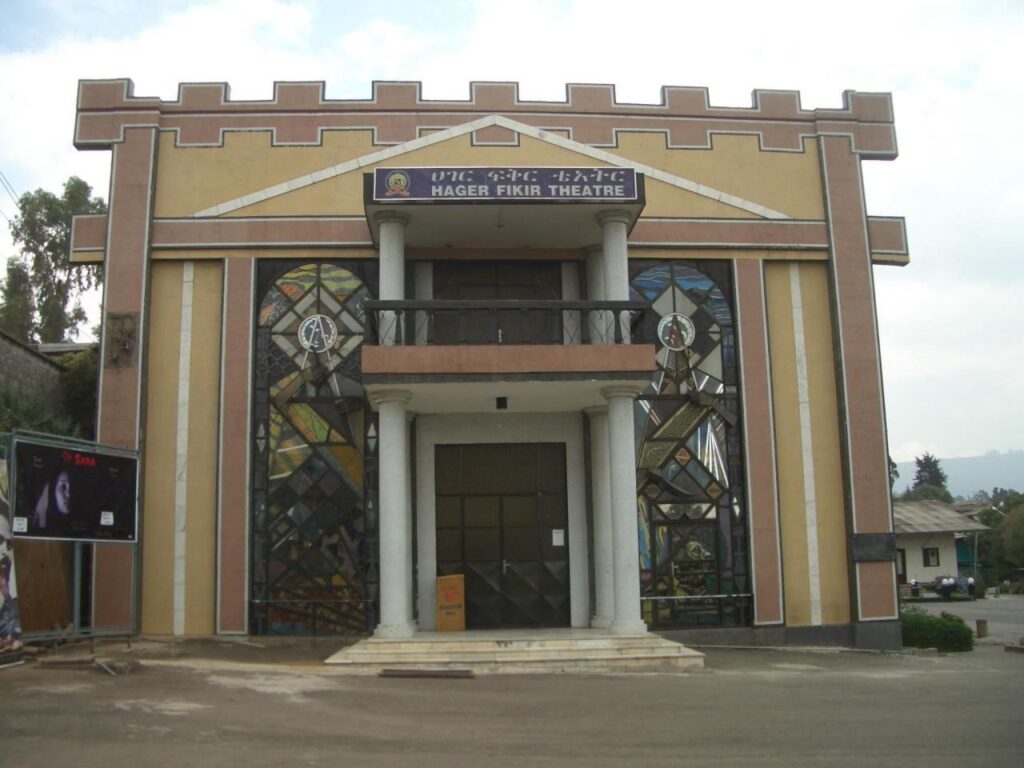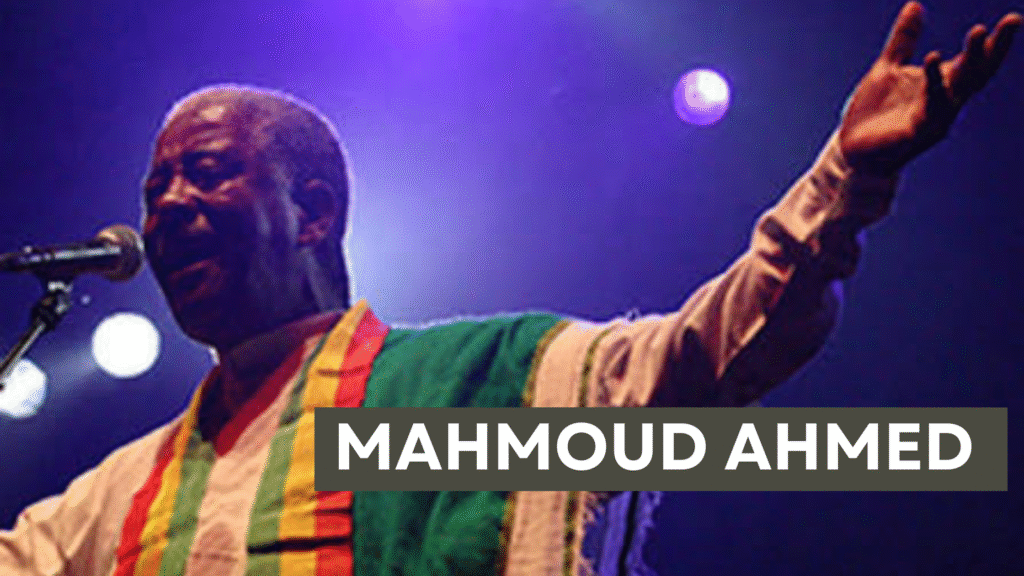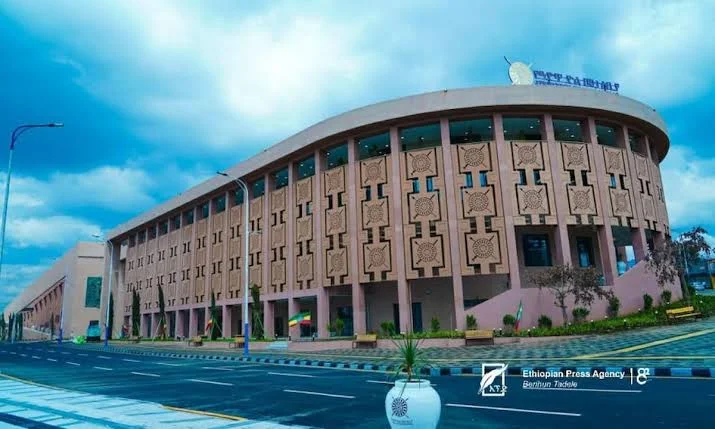Hidden Stories of Addis Ababa’s Piassa Neighborhood

Addis Ababa, the capital city of Ethiopia, is a city known for its profound culture and history. Piassa neighborhood is found at the heart of Addis Ababa and is one of the oldest neighborhoods that represents Ethiopia’s modern history and culture. Even before the current corridor development project, Piassa was not just a commercial area filled with gold traders, small cafes, and crumbling old buildings. Beneath its surface lie hidden stories of colonial resistance, artistry, and the people’s dignity that represent the soul of Ethiopia itself.
This article explores the hidden stories of Piassa. Starting from its origin during the reign of Emperor Menelik II, we will walk through its history under Italian occupation, then its rise as a cultural and commercial hub, and finally through the current transformation, the corridor development project.
The Origin of Piassa
In the late 1800s, Emperor Menelik II moved the capital from Entoto to 4 Kilo, Addis Ababa. Due to this historical change, Piassa became one of the first commercial areas. Merchants from all over the country and around the world came to trade various goods including spices, coffee, and salt. And most of them opened small shops.
Over time, Piassa became a meeting point for business exchange. It was not only about business exchange; it was also about learning different languages, tasting various types of foods, and reform new ideas. For many Ethiopians, Piassa was the place where they saw different technologies.
The Italian Colonization
Italy invaded Ethiopia in 1936 and Piassa was a place where they showcased their advancements. They built different offices and wide streets. The Italian-style buildings have stood out in recent years, as they undergo renovation due to the corridor development project. However, Ethiopians used those buildings to plan attacks against Italian occupiers. St. George’s Cathedral, an Ethiopian Orthodox Church around Piassa, was bombed by the Ethiopians but remains intact. To this day, it is a reminder of the unwavering courage the people had at the time, which is one of the main reasons why Ethiopia was never colonized.
Coffee at the cafes of Piassa
After 1941, Ethiopia became free again. It was during this time that Piassa grew into the cultural heart of Addis Ababa. Coffee was one of the strongest traditions back then. Cafes like Tomoca and Enrico were more than just coffee shops. They were meeting places where friends gathered, couples spent time together, and families spent time with their loved ones. They were places where people came to read books, newspapers, and write novels. Scholars would debate politics and share their knowledge with their colleagues. Those cafes were informal schools where energetic young students learned from scholars and created great ideas.
The start of Hager Fikir Theatre
Hager Fikir Theatre is one of the oldest theaters in East Africa. It was opened in 1935, making it one of the oldest local theatres in Africa, and later became a center of art where hundreds of plays and music were created. The theatre gave a chance for ordinary Ethiopians to participate in acting and singing. Most famous singers and actors started in this place. For instance, Tilahun Gessese, the well-known Ethiopian musician, performed in this theatre at the beginning of their career.

Even though the audience was familiar with the art aspect, behind the curtain, the theater was a symbol of resistance where informal political debates were held and people openly criticized the government. During the Italian occupation, the theatre was initially closed but later reopened as a symbol of Ethiopian resilience. Even in recent years, the theater is considered a true center of creativity and a hidden resistance.
Jazz Nights and Music Stories
Known Ethiopian musicians like Mulatu Astatke and Tilahun Gessesse performed in Piassa. Young people enjoyed quality music and dance. Even though most of those clubs are gone, older people still remember the vibes from those nights.
In the late 1950s, bars and clubs were opened where people would entertain the traditional Ethiopian scales with modern jazz. This style was called Ethio-Jazz, and it is an internationally recognized genre.
Ethio-jazz was started around the 1960s, musicians like Mulatu Astatke founded a new sound which was a mix of traditional Ethiopian music with American Jazz. And Piassa became its center. Clubs like the Arizona Club, later renamed to the Ras Hotel, often use his music to entertain their guests. Those Jazz nights in Piassa were not just about music; they were social events where people gathered and celebrated together. During the Derg regime, when formal musicians were censored, music nights at Piassa were silent protests marking people’s resistance to justice.
Today, jazz night is common in a place like African Jazz Village, holding the memory of the nights where Ethio-jazz was born, advertising Ethiopian music around the world.
Hidden personal stories
Residents who live around Piassa are among the oldest in the country. For instance, a small tailor’s shop in Piassa has been open for three generations, and an old woman has been selling onions and tomatoes on the same spot for decades. Those types of scenes may look simple, but they are part of Piassa’s deeper story.
Assefa Gebre-Mariam Tessema was one of the poets and writers who lived around Piassa. He often spent time in cafes like Tomoca, Enrico, writing his masterpieces. He often discusses politics with others while at the café.
Tilahun Gessesse is also one of the most well-known and respected Ethiopian singers who has a strong connection to Piassa. His career started in Hager Fikir Theatre, which later became known around the country. Even though his career started in Piassa, he later reached the whole of Africa, indicating how the neighborhood was a center of talent and Ethiopian art.

Mahmoud Ahmed was also another well-known Ethiopian musician who worked as a shoeshine around Arat kilo and later got a chance to perform at Hager Fikir Theater, where his powerful voice impressed the audience and became one of the faces of Ethiopian music. Decades later, Mahmoud Ahmed’s album was rediscovered by Western audiences, introducing Ethiopian pop and jazz around the world. Stories like Assefa Gebre-Mariam, Tilahun Gessesse, and Mahmoud Ahmed marked the unwavering love for Ethiopian modern art.

Protest against Emperor Haile Selassie
In 1960, meetings regarding the protest against the Emperor were held in the cafés of Piassa. Even during the Derg regime, when there was no freedom of speech, Piassa resisted quietly. Protests involved passing leaflets, planning a demonstration, and discussing plans secretly.
The area was a center of demonstration, especially in the 1960s. For instance, during the student movement of the 1960s – 70s, many Ethiopian University students gathered around Piassa, rallying against imperial rule, demanding land reform and social equality. Marches often started around Arat Kilo, where the students were, then moved to Piassa, around Haile Selassie’s statue. Police trucks were stationed in the area during the protests and used tear gas to arrest the students. Those protests eventually led to the fall of Emperor Haile Sillassie in 1974. The emperor’s statue that is found in Piassa was later removed, symbolizing the end of an era.
Piassa after the Corridor Development Project
A year ago, Piassa stood between two worlds. On one side, it was full of history. On the other side, the inevitable modern change was around the corner. Modern buildings such as new malls, banks, and roads are rising, threatening to erase the old neighborhood.
The corridor development project is a part of the Ethiopian government’s effort to modernize the old neighborhood. It focuses on upgrading the roads, sidewalks, and buildings mainly around historic areas like Piassa. The project impacts Piassa in a lot of ways. Piassa’s old cobblestone streets and narrow sidewalks are now widened, making it easier for people to explore, especially at night. In addition, many Italian buildings are renovated. With better infrastructure, more formal businesses are now open and functional.
The construction of the Adwa Museum was a remarkable recent advancement. It is a monument of Ethiopia’s courage, unity, and freedom, representing every person’s heart. The museum was built to honor the Adwa Battle, the famous war between the Ethiopian and Italian armies in 1896. Ethiopia won the war and protected its independence at a time when the remaining part of Africa was being colonized. The Adwa museum shows not just old weapons but the story of the people who participated in the battle. Paintings, historical objects, documents, and records are part of the museum, and it intends to make visitors feel the pride of their history. It teaches people that freedom is not earned easily but through struggle and sacrifice.

However, the project isn’t without downsides. Some people argue that modernization may erase Piassa’s old charm. In addition, some residents are forced to relocate due to the project, too.
Final thoughts
The hidden stories of Piassa are more than just stories in the book; they live in people’s memories, they are in its cafes, churches, its theater, and its streets. Piassa is a living museum of Ethiopia, it is a history where the present meets the past. Despite the modernized buildings and revolutionary roads, its greatest history is still hidden in the memory of residents and in the hearts of people who read its history in books.
FAQ about Piassa
- Where is Piassa Located?
- Piassa is located in Addis Ababa, the capital city of Ethiopia.
- What makes Piassa special?
- Historically, Piassa was the cultural and commercial hub of Ethiopia.
- How Piassa originated?
- the late 1800s, Emperor Menelik II moved the capital from Entoto to 4 Kilo, Addis Ababa. Due to this historical change, Piassa became one of the first commercial areas.
- What is the Corridor Development Project?
- The Corridor Development Project is an ongoing urban initiative in Ethiopia, primarily in Addis Ababa, to modernize infrastructure, improve connectivity, and enhance the quality of life by creating wider roads, dedicated cycling lanes, green spaces, and better sidewalks.


